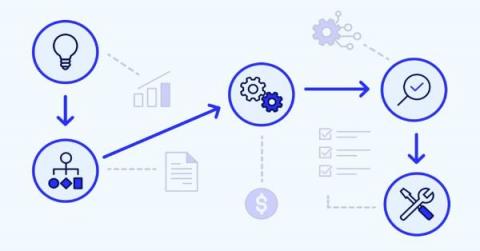Getting Started with Insurance Modernization
If you have a legacy system with customized capabilities and valuable features but nearing end of life, refactoring the system is a potential choice for modernization. Insurance platform modernization usually involves one-to-one code migration, which can often be more costly and time consuming than expected and typically tends to miss some of the integration and data architecture modernization that is foundational for getting the full value of digitization.









